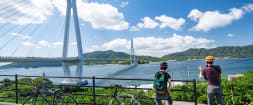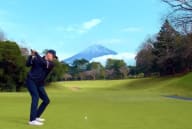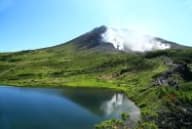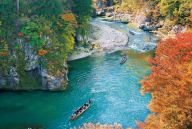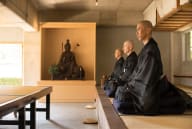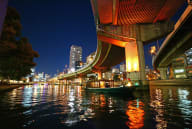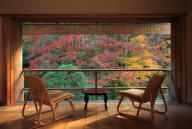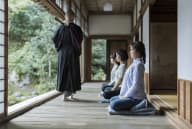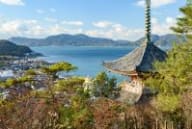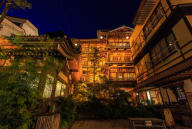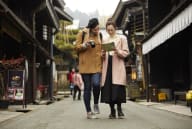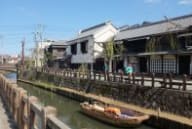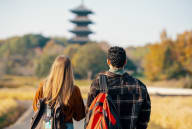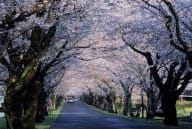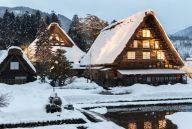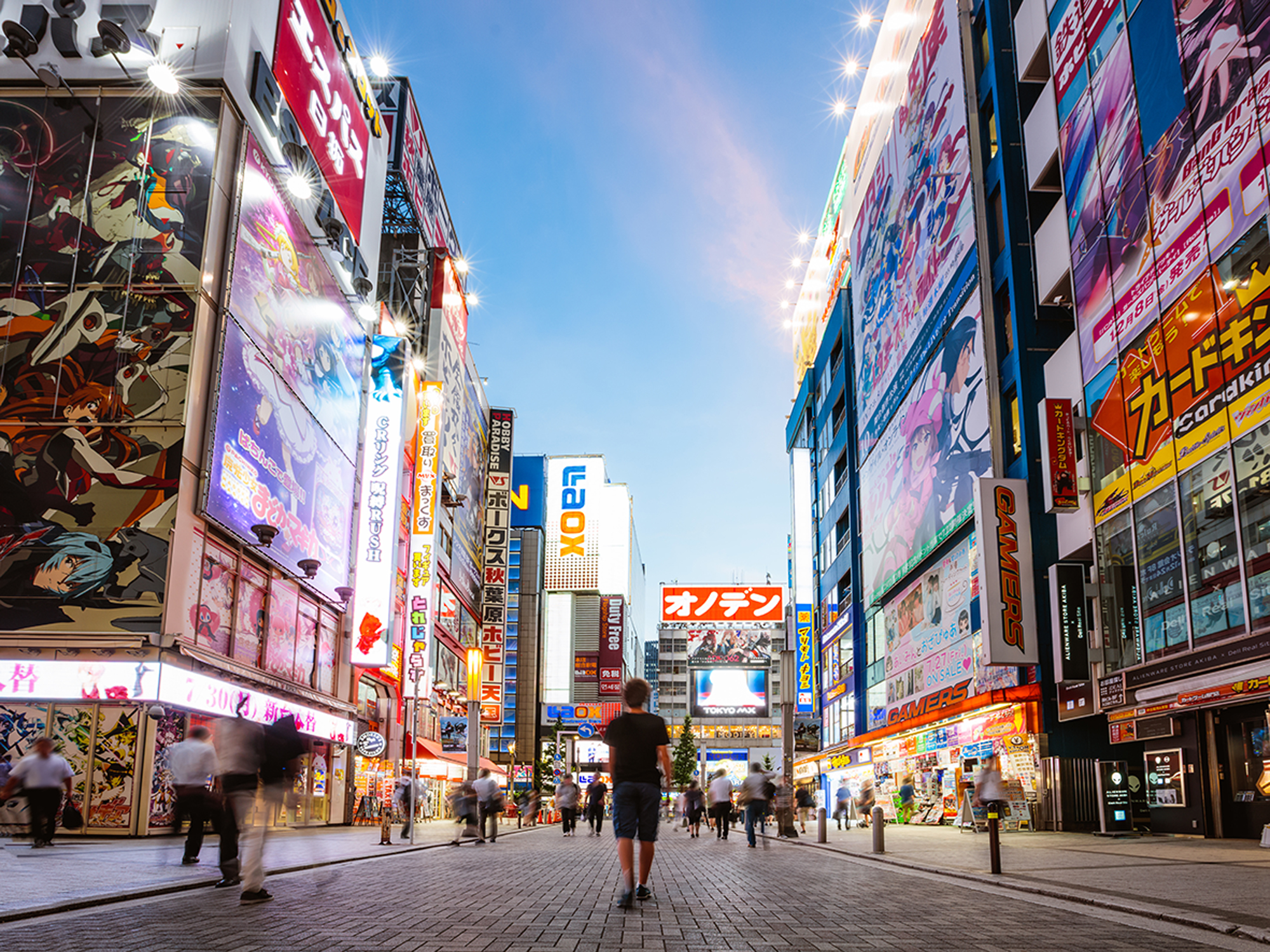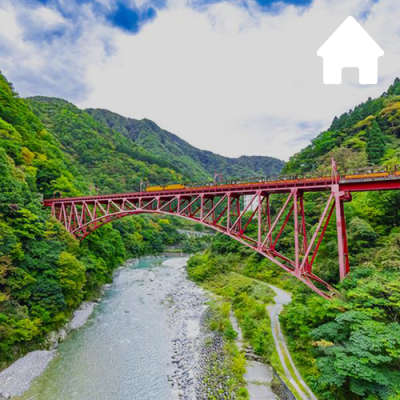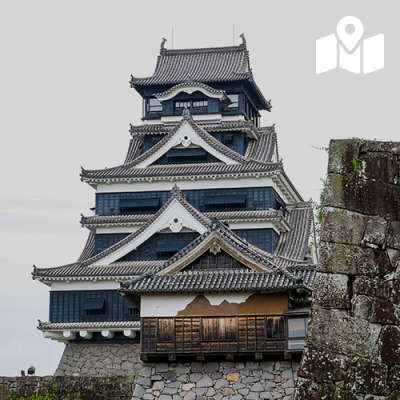-
- 简体中文
- 繁體中文(香港)
- 繁體中文(臺灣)
- India (English)
- Bahasa Indonesia
- 한국어
- ภาษาไทย
- Tiếng Việt
- Singapore (English)
- Philippines (English)
- Malaysia (English)
- Australia/New Zealand (English)
- Français
- Deutsch
- Italiano
- Español
- United Kingdom (English)
- Nordic countries(English)
- Canada (English)
- Canada (Français)
- United States (English)
- Mexico (español)
- Português
- العربية
- Japan(日本語)
- Global (English)
-
Destinations
-
Things to Do
-
Plan Your Trip
-
Articles
- JAPAN Monthly Web Magazine
- Tradition
- Arts & Cultures
- Cuisine
- Nature & Outdoor
- Shopping
- Relaxation
- Festivals & Events
- All
- Insider Blog
- Things to do
- Local Guides
- Outdoor
- Food & drink
- City life
- Culture
- Traditional
- Adventure
- Consumer
- All
Use the
Planning a Trip to Japan?
Share your travel photos with us by hashtagging your images with #visitjapanjp
Hokuriku - Empowering Lives
Kanazawa Castle and Kenrokuen: Echoes of Home and Heritage
Milo S. Oropeza - Philippines

Walking through Kenrokuen Garden in Kanazawa Castle Park felt like rediscovering a part of myself I didn’t know I had lost. Nestled in Ishikawa Prefecture, Kenrokuen is one of Japan’s Three Great Gardens, embodying the "Six Sublimities": spaciousness, seclusion, antiquity, artifice, water features, and scenic views. Each step revealed a new perspective. Stone lanterns, wooden bridges, moss-covered paths invited me to slow down and breathe.
As part of my visit, I explored one of the main themes of the 2025 International Exposition, “Empowering Lives,” and discovered how traditional craft experiences not only spark creativity and empower individuals, but also reflect a deep connection between nature and culture.

The Karasaki Pine
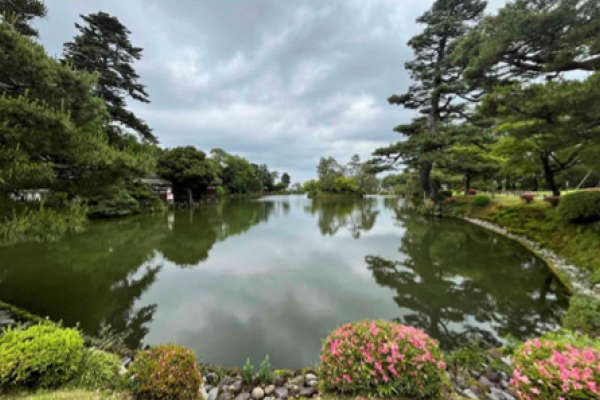
Kasumigaike Pond at the center of Kenrokuen Garden
At its heart lies Kasumigaike Pond, where the turtle-shaped Horai Island floats in quiet grace, symbolizing eternal life. Beside it stands the Karasaki Pine, its sweeping branches resembling a crane mid-flight. The turtle and crane are symbols of longevity and fortune in Japan. It reminded me of Villa Escudero, a beloved Filipino destination in Los Baños, Laguna. Like Kenrokuen, it invites guests into a space where nature, culture, and memory intertwine.
In Villa Escudero, the sound of flowing water from the Labasin Falls, the quiet rhythm of bamboo trees swaying, and the carabao-drawn carts carrying guests evoke the same sense of grounded calm I felt in Kenrokuen. But where Villa Escudero feels warm and nostalgic, filled with Filipino hospitality and folk songs, Kenrokuen is subtle and serene, reflecting centuries of Japanese artistry and reverence for nature.

The stately watch tower of Kanazawa Castle

A majestic view of Kanazawa Castle from the grounds
Just across Kenrokuen stands Kanazawa Castle, its white walls and lattice windows recalling Japan’s feudal past. Though repeatedly rebuilt after fires, its presence remains strong.
In this tranquil space, I found an echo of EXPO 2025 Osaka’s theme: “Empowering Lives.” Empowerment, I realized, is not always loud or monumental. Sometimes it’s found in silence, in reflections on water, in the way pine branches are lovingly trained for decades. It also resonated with “Connecting Lives” – how a garden-built centuries ago could touch the heart of a Filipino so far from home.
To my fellow Filipinos: if you’ve ever felt peace while dining by the waterfall at Villa Escudero or found joy in our local traditions, you’ll find a familiar spirit in Kanazawa. It is a different land, yes, but not a distant one. Through its gardens, castles, and care for heritage, Japan invites us to pause, reflect, and connect.

JICA trainees in Kenrokuen Garden

①Fukui Station
②Kyouryukeikoku Katsuyama
③Heisenji Hakusan Shrine
④Traditional Handicrafts Village Yunokuni no Mori
⑤Kanazawa
⑥Nousaku Casting Workshop
⑦Gujo Hachiman
-
About the author
Author: Milo S. Oropeza
Profile: Milo Oropeza is a MICE specialist from the Philippines, currently serving at the Tourism Promotions Board, the Philippines. He is passionate about positioning the country as a premier global destination for meetings, incentive travel, conventions, and exhibitions. His work focuses on advancing sustainable, inclusive, and internationally competitive tourism. In his free time, he enjoys reading and discovering new places.
Navigation
- Home
- Expo 2025
- TRAVEL BLOG
- Kanazawa Castle and Kenrokuen: Echoes of Home and Heritage














